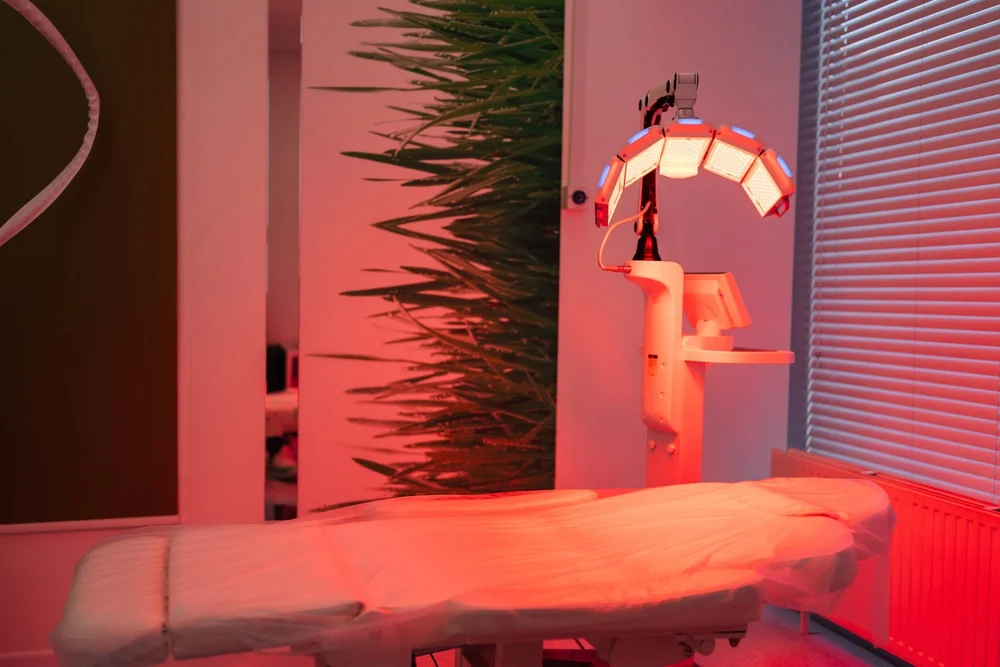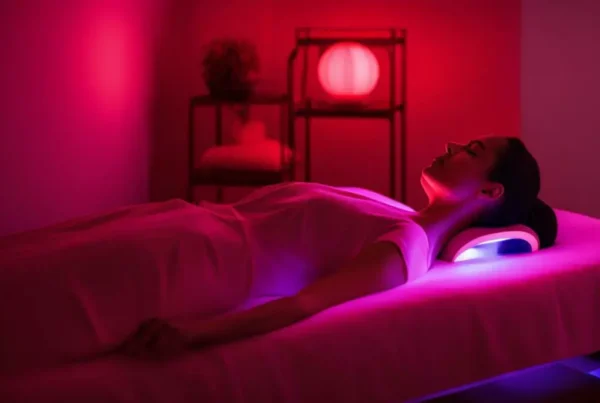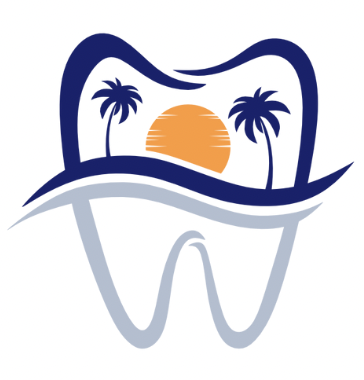Why Red Light Therapy Is Reshaping Wellness and Recovery
Red light therapy (RLT) has emerged as one of the most intriguing innovations in non-invasive wellness. Once limited to professional clinics and high-tech dermatology offices, red light therapy is now increasingly accessible, with at-home devices bringing powerful healing wavelengths directly into people’s routines. Whether you’re aiming to reduce fine lines, accelerate muscle recovery, or manage chronic pain, RLT offers a scientifically backed, drug-free way to support your body’s natural processes.
The growing interest in RLT beds—both clinical-grade and consumer-level—has led to an explosion of options on the market. But not all red light devices are created equal. Understanding how these technologies work, what results to expect, and how to safely integrate them into your life is essential to getting the most out of your investment. This article walks you through everything you need to know: from science and benefits to key comparisons between at-home and professional solutions.
By the end, you’ll have the clarity to determine whether a clinical-grade bed or a more convenient at-home device is right for you—and how to use red light therapy as part of a smarter, more personalized wellness plan.
How Red Light Therapy Works at the Cellular Level
Red light therapy uses specific wavelengths of light, typically in the 600–900 nanometer range, to stimulate cellular energy production. When absorbed by the mitochondria—the “power plants” of your cells—this light enhances the production of ATP (adenosine triphosphate), the energy currency that fuels cellular repair and regeneration. This process is known as photobiomodulation.
This uptick in ATP leads to several downstream benefits: increased collagen production, improved blood circulation, reduced inflammation, and faster healing of soft tissues. The light penetrates skin and superficial muscle layers, reaching fibroblasts that are responsible for producing collagen and elastin, critical proteins for maintaining firm, elastic skin. The result? Enhanced wound healing, skin rejuvenation, and muscle recovery.
Importantly, RLT does not rely on heat or UV radiation, making it safe for regular use. Unlike some skin treatments that involve abrasion or chemicals, red light therapy promotes healing from within without damaging the outer layers of skin. This makes it suitable for a wide range of users—including those with sensitive skin or who want to avoid downtime.
Key Benefits: What Red Light Therapy Can Do for You
One of the most widely celebrated benefits of red light therapy is its role in skin rejuvenation. Studies have shown that consistent use can help reduce fine lines, smooth out skin texture, and even out skin tone by boosting collagen levels and reducing oxidative stress in the skin. The stimulation of fibroblasts improves elasticity, leading to a younger, more radiant complexion.
Beyond aesthetics, RLT is also highly valued in athletic and rehabilitation circles. It can reduce muscle soreness, accelerate recovery from workouts, and even aid in healing injuries by improving circulation and reducing inflammation. This makes red light beds particularly appealing to athletes, physical therapists, and those managing chronic musculoskeletal conditions.
Additionally, red light therapy has been shown to reduce inflammation in skin conditions such as acne, eczema, and rosacea. It can improve skin hydration, reduce redness, and help heal breakouts faster. While it’s not a replacement for dermatological care in serious cases, many users report fewer flare-ups and improved overall skin tone when incorporating RLT into their routines.
Clinical-Grade Red Light Therapy Beds
Professional red light therapy beds are large, full-body units typically found in medical clinics, wellness spas, or high-end fitness centers. These beds emit high irradiance levels—meaning stronger light intensity—that enables deeper tissue penetration and shorter treatment times. They often use a combination of red and near-infrared light, allowing for benefits that reach both the skin and underlying muscle.
Because of their size and power, clinical beds are ideal for treating large surface areas. Users lie down inside the bed for 10–20 minute sessions while the full-body exposure ensures consistent delivery of therapeutic light. Most treatments are guided or supervised by a technician or practitioner, ensuring correct positioning and maximum efficacy.
While clinical beds require appointments and tend to be more costly per session, they are highly effective for those with significant concerns—whether it’s advanced aging, sports recovery, or chronic joint pain. The controlled setting, professional oversight, and high-end technology can offer faster, more pronounced results, particularly for first-time users or those with more severe symptoms.
At-Home Red Light Therapy Devices
At-home red light therapy devices come in various forms, including handheld wands, panels, wearable wraps, and compact beds or mats. These devices typically have lower irradiance and treat smaller areas, which means sessions take longer and must be done more frequently to achieve noticeable results. However, their convenience and affordability make them a popular option for daily use.
Consumers appreciate the flexibility of using a device from home, whether during morning skincare routines or as part of evening wind-down rituals. These devices are designed to be user-friendly and safe, often equipped with automatic shut-offs and built-in timers. Some offer dual-wavelength options or combine red and near-infrared light for deeper benefits.
Although at-home devices may not deliver clinical-grade power, many users find them effective when used consistently. The key is to follow the recommended guidelines—typically 10–20 minutes per session, 3–5 times per week—and to use them in conjunction with a broader skincare or wellness routine. Results can be slower to appear, but with patience and consistency, they are achievable.

Comparing At-Home and Clinical Red Light Therapy
Choosing between at-home and clinical red light therapy depends on your goals, budget, and lifestyle. Clinical red light beds offer the highest power and fastest results, making them a great choice for people with specific skin or pain issues, or those seeking professional-grade care. These treatments are supervised, tailored to individual needs, and often part of a larger therapeutic plan.
On the other hand, at-home devices are best for maintenance, mild conditions, or individuals looking for convenience and lower upfront costs. They empower users to take daily control of their wellness and allow for more consistent, long-term use. For many, these devices are a gateway into understanding how RLT works and whether it fits into their lifestyle.
Ultimately, the decision comes down to your needs. If you have a big event coming up or are recovering from injury, a clinical bed might be the fastest route to results. If you’re looking to manage fine lines, reduce post-workout soreness, or simply boost overall skin health, an at-home device used regularly may be exactly what you need.
How to Safely Incorporate Red Light Therapy into Your Routine
Before beginning red light therapy, it’s essential to establish your goals—whether that’s improving your complexion, speeding up recovery, or managing chronic pain. From there, choose a device or clinic that aligns with your expectations. If you’re considering a home unit, opt for FDA-cleared devices with proven wavelengths (600–900 nm).
Start slowly, especially if you’re new to RLT. Begin with 10-minute sessions three times per week, then increase gradually based on how your skin and body respond. Avoid overexposure, as too much light can cause skin irritation. Always use protective eyewear if directed and never stare directly into the LEDs.
Red light therapy pairs well with other wellness strategies. For example, combine it with a clean skincare routine, a healthy diet rich in antioxidants, and adequate hydration to amplify results. If you’re using it for recovery, time sessions around workouts to minimize soreness and inflammation. Consistency is key, and tracking your results helps determine if adjustments are needed.
Who Should Consider Red Light Therapy?
Red light therapy is safe for most people, including those with sensitive skin or chronic inflammation. Ideal candidates include individuals experiencing early signs of aging, athletes looking for non-invasive recovery tools, and anyone seeking a natural solution for clearer, brighter skin. Because it’s gentle and non-damaging, RLT is especially appealing to those who have tried harsher methods and want a more sustainable option.
However, there are some exceptions. People with photosensitive conditions or those taking medications that increase light sensitivity should consult a healthcare provider before starting treatment. Pregnant individuals should also seek guidance before using red light therapy, as the research on its use during pregnancy is limited.
If you’re unsure whether RLT is right for you, start with a professional consultation. Clinics offering red light therapy often provide personalized assessments and trial sessions, allowing you to test the technology before making a larger investment. This helps you explore the benefits while minimizing risk.
Red Light Therapy Is More Than Skin Deep
Red light therapy is more than just a trendy wellness tool—it’s a scientifically supported approach to skin health, muscle recovery, and pain management. Whether you’re considering an at-home device or booking sessions in a clinical setting, red light therapy offers a flexible, safe, and highly customizable experience.
By understanding how the technology works, what it can realistically achieve, and how to use it properly, you can tap into its full potential. This therapy is about enhancing your body’s natural healing—not forcing it. And when used consistently and correctly, the results can be remarkable.
At Laguna Heights Dental, we’re proud to help guide patients toward informed, evidence-based choices. Whether you’re curious about integrating red light therapy or already a fan, we’re here to answer your questions, support your goals, and ensure you get the best care possible—inside and out.
Ready to Talk About Your Smile?
If you’re thinking about getting a dental implant or concerned about one you already have, we’d love to talk. Schedule a consultation at Laguna Heights Dental, and let’s create a plan that gives you peace of mind.
Your smile deserves support that lasts a lifetime—and we’re here to help make that happen.
Schedule your consultation Today!
Laguna Heights Dental
30231 Golden Lantern, Ste D
Laguna Niguel, CA 92677
(949) 363-1200
https://lagunaheightsdental.com/
See More Reviews From Laguna Height Dental. View information about local places in our community. Get Driving Directions to Our Practice
FAQs
What’s the difference between red light and infrared light therapy?
Red light and near-infrared light are both used in red light therapy. Red light (around 600–700 nm) targets the skin’s surface, while near-infrared (700–900 nm) penetrates deeper into tissues. Most effective devices use a combination of both for skin and muscle benefits.
Can red light therapy be used alongside other skin treatments?
Yes, red light therapy can complement treatments like microneedling, chemical peels, and facials. It enhances healing, reduces inflammation, and improves results when integrated into a broader skincare routine.
Is red light therapy FDA-approved?
Several red light therapy devices are FDA-cleared for specific purposes like reducing wrinkles or treating joint pain. Look for FDA clearance when choosing a device to ensure safety and efficacy.
Related Articles
Red Light Therapy, Red Light Therapy for Pain Relief, Red Light Therapy for Skin Health, Red Light Therapy for Weight Loss, Red Light Therapy for Athletic Recovery, Red Light Therapy for Oral Health, Red Light Therapy for Anti-Aging, Red Light Therapy for Hair Growth, Red Light Therapy Cost Factors, Benefits of Red Light Therapy, Red Light Therapy Devices, Infrared Therapy, LED Therapy Facial





